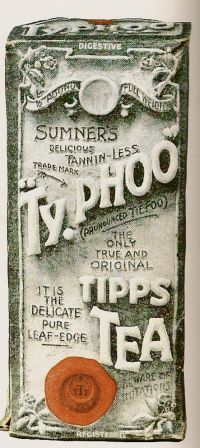I worked at Ty.phoo Tea from the end of 1946 until 1954. It was still a family business in those days...Mr John Sumner was Chairman, his son Mr John Black Sumner was one of the Directors, as was I think a Mr Kneale and a Mr Kelley. Mr. Parkin was the General Manager and Mr French was Works Manager. I started off as Office Junior in Mr French's Office, his secretary was named Beryl and a Clerk was named Jeanne. Our office was on the packing floor. Some of the packing machines were automatic, but they still had packing by hand in those days. You must also remember the War had just finished and tea was still on ration. We were not allowed any extra tea because of the restrictions of rationing. I can clearly remember when the King and Ghandi died...someone used to bring round either the Birmingham Evening Mail or the Gazette for the bosses and that was how we got the news in those days. No instant news from the radio or the television like we get today. It was a good firm to work for although the pay was not very good. I have some happy memories of working there.
In the seventies the Union got in, there were disputes and I think strikes, with the result they closed down and moved to Speke in Liverpool.
Junie.

